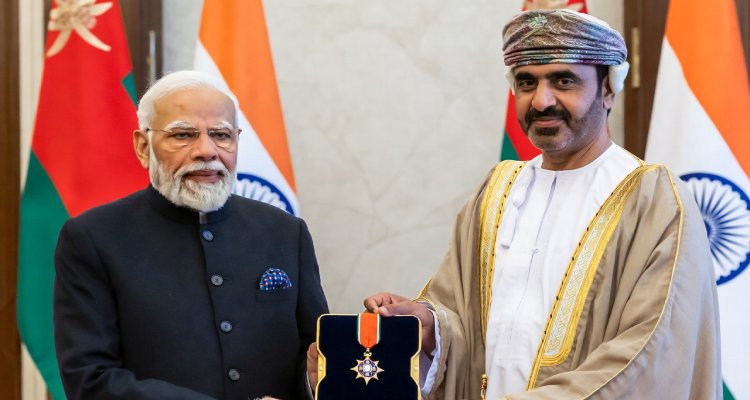India’s Bhargavastra Redefines Counter-Drone Warfare
India’s Bhargavastra system sets a new benchmark in drone swarm defense with indigenous tech, layered protection, and pinpoint precision.
India’s Bhargavastra Raises the Bar in Drone Defense
In a decisive step towards future-proofing its battlefield readiness, India has successfully test-fired Bhargavastra, an indigenously developed counter-drone system that blends precision with scalability. This homegrown innovation, tested at the Seaward Firing Range in Gopalpur, Odisha, is engineered to tackle one of the most pressing security challenges of the 21st century—drone swarms.
As drone incursions grow more sophisticated and frequent, Bhargavastra emerges as a timely, cost-effective solution. Designed by Solar Defence and Aerospace Limited (SDAL), the system reflects India’s sharpened focus on self-reliant defense technology while introducing new standards in versatility and tactical agility.
A Tactical Response to Swarm-Style Attacks
What makes Bhargavastra a standout in drone warfare isn’t just its firepower—but its strategic layering. The system uses unguided micro-rockets as a first line of defense, designed to neutralize clusters of drones within a lethal radius of 20 meters. The second layer—comprising guided micro-missiles—delivers surgical precision, homing in on rogue UAVs with minimal collateral impact.
The test conducted on Tuesday wasn’t just a ceremonial launch—it was a demonstration of readiness. Two single-rocket tests were followed by a salvo launch of two rockets fired within two seconds. All rockets hit their performance marks, reaffirming the system’s reliability and swift-response capabilities.
Built for the Battlefield—Any Battlefield
India’s topography demands flexible military hardware, and Bhargavastra delivers. Engineered for environments ranging from coastal plains to Himalayan altitudes above 5,000 meters, the system ensures broad operability. Its modular design allows it to be configured based on the mission profile—whether it’s defending a remote outpost or securing a sensitive installation.
Each system component, from radar and EO/IR sensors to RF receivers, is interoperable and adaptable. This layered sensor-shooter architecture allows for tiered air defense coverage, enhancing target acquisition and elimination at extended ranges.
Technology at the Core: Smart, Integrated, Decisive
At the heart of Bhargavastra lies a powerful Command-and-Control (C2) system built on C4I architecture. It enables rapid decision-making through real-time data sharing and tactical coordination. The radar array can spot even low-observable drones from 6 to 10 kilometers away. Its advanced Electro-Optical/Infrared suite ensures accurate target identification, even under challenging conditions.
The developers at SDAL emphasize that Bhargavastra isn’t just about hard-kill capabilities. A future-ready design includes options for soft-kill layers—such as jamming and spoofing—making it a truly integrated counter-drone solution.
A Global First in Homegrown Counter-Swarm Capability
While several nations are exploring drone interception systems, Bhargavastra may well be the first to offer a domestically built, multi-layered, and cost-efficient counter-swarm platform. Its open-source software backbone means it can be continually upgraded and integrated into larger defense networks.
In an era when drone warfare is shifting the balance on the battlefield, this system gives India a strategic edge—one that’s flexible, indigenous, and battle-ready.
Closing Thoughts: Innovation Meets National Security
Bhargavastra’s debut isn’t just a success for India’s defense sector—it’s a blueprint for future warfare resilience. As the global security landscape evolves, India’s commitment to developing versatile, scalable, and intelligent defense systems positions it as a formidable player on the world stage.
With Bhargavastra, India isn’t just preparing for the next war—it’s shaping the future of how wars will be fought.
Disclaimer:
This article is based on official test reports and defense briefings. The capabilities and specifications described are subject to updates based on further trials, operational feedback, and evolving security needs.
source : India Today











